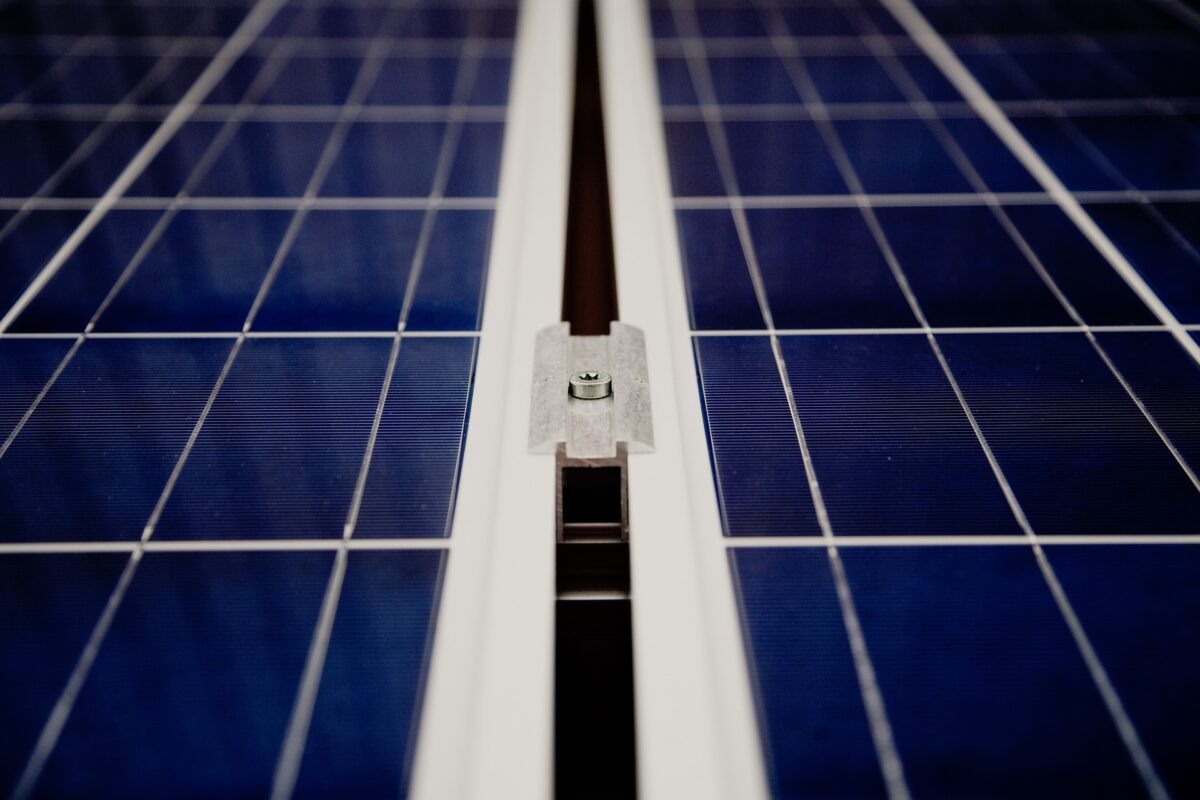Potential of floating PV, solar parking, agrivoltaics in Germany – pv magazine International
Academics have used geospatial land-eligibility research and existing legislation to identify the potential for up to 4.7 GW of floating PV, 24.6 GW of solar parking, and 5,437 GW of agrivoltaics in Germany.
June 17, 2024
Researchers have analyzed the potential of floating, parking and agrivoltaics in Germany. They say PV on parking lots, bodies of water, and agricultural areas are all ways of co-using land for solar production while reducing land-use conflicts.
Their assessment used detailed geospatial land eligibility assessments and considered existing legislation in Germany. Researchers identified study regions for potential analysis in each category, then defined suitable areas within those regions.
They found that floating PV arrays, a minimum of 40 meters from shore and covering a maximum of 15% of artificial and heavily modified lakes, could generate 4.7 GW of solar under current legislation. The researchers noted that the potential increases significantly when considering all lakes, instead of only artificial and highly modified bodies of water. With the same lake share, distance to shore, and current legislation, the potential increases by 467% to 22.2 GW.
Researchers assessed parking PV potential in Germany by considering a range of parameters, as different federal states have different laws defining the minimum number of parking spaces per lot. They found potential for up to 24.6 GW for existing lots with more than 35 spaces, 22.2 GW for lots with more than 50 spaces, and 16.5 GW for those with over 100 spaces. North Rhine-Westphalia showed the highest potential for parking solar, with up to 5 GW. Generally, larger federal states had higher potential than smaller ones.
When assessing agricultural PV potential, researchers considered crop types and machinery design, creating four scenarios: vertical grassland, vertical grain, horizontal conservative, and horizontal innovative. They found that a combination of the horizontal conservative, vertical grassland, and vertical grains scenarios results in a potential of 3,215 GW, whereas the horizontal innovative and vertical grassland scenarios lead to a higher potential of 5,437 GW.
Popular content
Considering Germany’s target of deploying 400 GW of solar by 2040, the researchers calculated that floating PV and parking PV can support a maximum of 1.2% and 6.2% of the target, respectively, while agricultural PV could “significantly contribute” to reaching the national target.
The researchers said the future role of floating PV, solar parking, and agrivoltaics depends on regional capacity potentials, generation potentials, levelized costs of electricity, environmental impacts, and public acceptance, among other factors.
The researchers concluded that their methodology could be transferred globally. Their research paper, “Potential of floating, parking, and agri photovoltaics in Germany,” is available in the latest edition of Renewable and Sustainable Energy Reviews.
Earlier this year, German startup Sinn Power revealed plans to build a 1.8 MW floating PV system with vertically deployed solar modules in Bavaria, Germany. In the same month, another German startup, UV Energy, said that it had developed a modular PV system for parking lots. Recent research from Germany’s Fraunhofer Institute for Solar Energy Systems also shows that most of the country’s farmers are considering the deployment of agrivoltaic projects.
This content is protected by copyright and may not be reused. If you want to cooperate with us and would like to reuse some of our content, please contact: ed*****@pv*********.com.


